2.3 to 5.0 Swap: Fitting the V8 Your Car Deserves
The Fox body has been a staple of tuners and racers for decades, and that has led to a gradual increase in prices. This puts clean V8 models out of the range of budget builders, but base LX's with their 2.3 liter motors remain affordable. What does it take to get a V8 into one of these cars?
Why Swap a V8 into a 2.3l Mustang?

The Fox body is getting old enough that it's becoming a classic, and that means higher prices, especially for clean examples. Even if you have a decent budget, it's enough to make you think twice about modifying a stock vehicle.
While most 5.0's are driven hard, the 2.3l was more of a fun commuter, and its low power isn't likely to stress the chassis, keeping it in good shape for this engine swap. Since technology has come a long way in the past 30+ years, the power that can be extracted from the V8 is far more than the Fox body was originally built for. That means the number of parts you need to replace for a build with a four-cylinder model might not be that much more than a V8 Mustang, especially for more extreme builds.
What Do I Need Other Than an Engine?
This is a list of everything you need to put a stock 5.0l V8 in a Mustang originally equipped with the 2.3 liter. Your individual needs will vary depending on the engine, fuel system and other aftermarket parts you decide to use.
ECU:
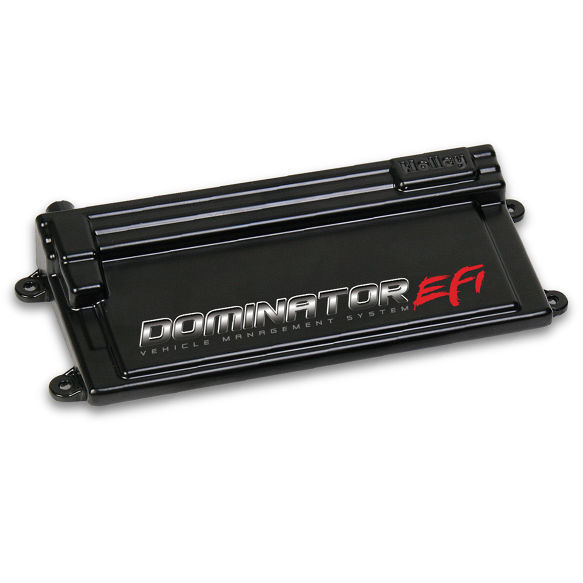
The wiring is a little different between models, so you'll need a computer that can plug into your Mustang to handle both the engine wiring and the rest of the vehicle. Computers are compatible between 1986-88 and 1990-93 models. Only 1989 computers work in 1989 model Mustangs. There are manual and automatic versions of each ECU.
Crossmember:
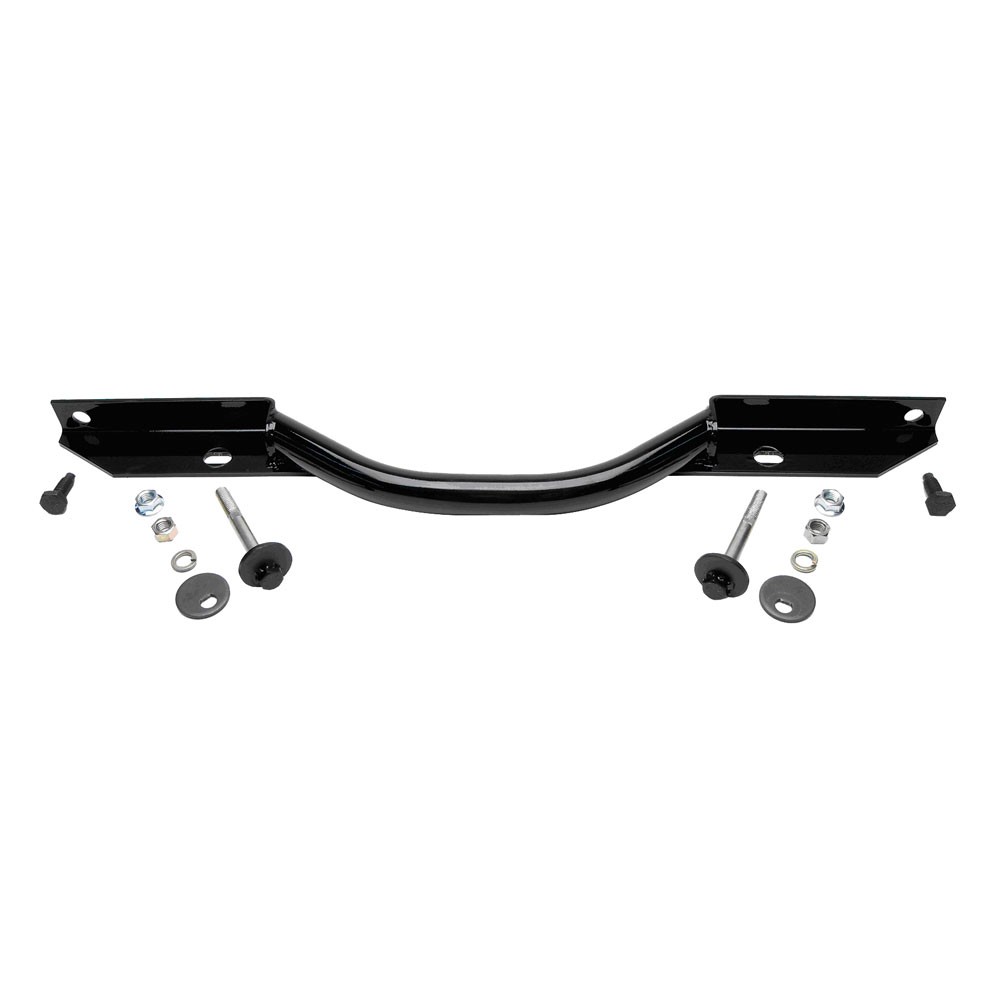
You'll probably want to upgrade this while you have the engine removed anyway, but you should be aware that the stock K-member may or may not cause issues with the exhaust. Some '87 and '88 models have space for dual exhaust, as do all '89-'93 models. The engine mounts on the 2.3 and the 5.0 are the same.
Transmission:

The bellhousing and input shaft are different between these two engines, and the internal components inside the four-cylinder version of the manual transmission is weaker. The 2.3 liter's A4LD automatic is not up to handling a big increase in power, but installing the 5.0's AOD is relatively straight forward.
Driveshaft:
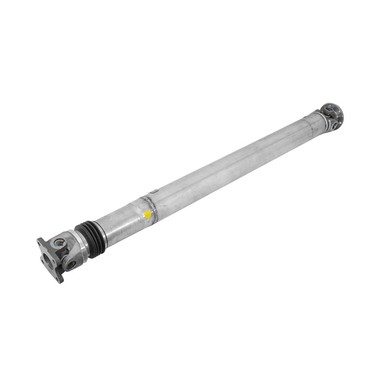
Driveshaft lengths vary depending on the transmission used.
Wiring harness:
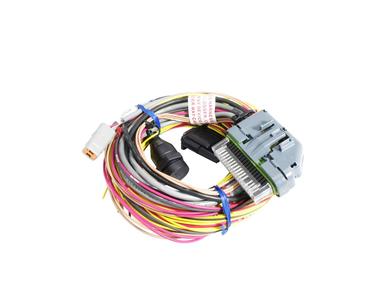
The harness from the V8 will need to be used for the engine compartment, but the body harness can be left alone.
MAP sensor:
Like the wiring harness, this is also different for the V8.
Rear end:
Four cylinder-equipped cars used the 7.5 inch rear end, which will barely handle a stock 5.0, let alone a built one. This axle also doesn't use the quad shock setup found on the V8's 8.8.
Springs:

Since the V8 is heavier, the spring rates are different. Fortunately, the V8 springs will fit on the four cylinder's spring perches.
Fuel lines:
Four cylinders have the lines running on the passenger's side, while V8s have them on the driver's side. The fuel pump is the same for both motors.
Cables:

The throttle and clutch cable are different for the V8.
What Else Should I Swap?
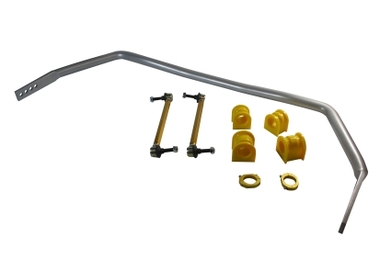
The sway bars are thicker on the V8, the air intake is different and the front brakes are larger. However, these are three areas where it's far better to use superior aftermarket parts.
Where Can I Get Parts for this Swap?
Donor cars and used parts are still plentiful, but for anything better than the ancient stock parts, visit www.andersonfordmotorsport.com. We carry everything you need to turn your four-cylinder Fox body in to a GT slayer from crate engines to rear end components.
Recent Posts
-
Bringing the Fox Body Mustang into the 21st Century with Holley Terminator X
Anderson Ford Motorsport has been in the Fox Mustang performance industry since 1989. One of the bi …22nd Oct 2021 -
Roush Supercharger install on a 2019 Ford Mustang
Check out this 2019 Ford Mustang before and after we installed a Roush Supercharger. …21st Feb 2020 -
All Blower Installations are not Equal.
Why Should You Choose a Company to Install Your Blower That Has a Dyno Facility In-House?Are all de …24th Jan 2020

